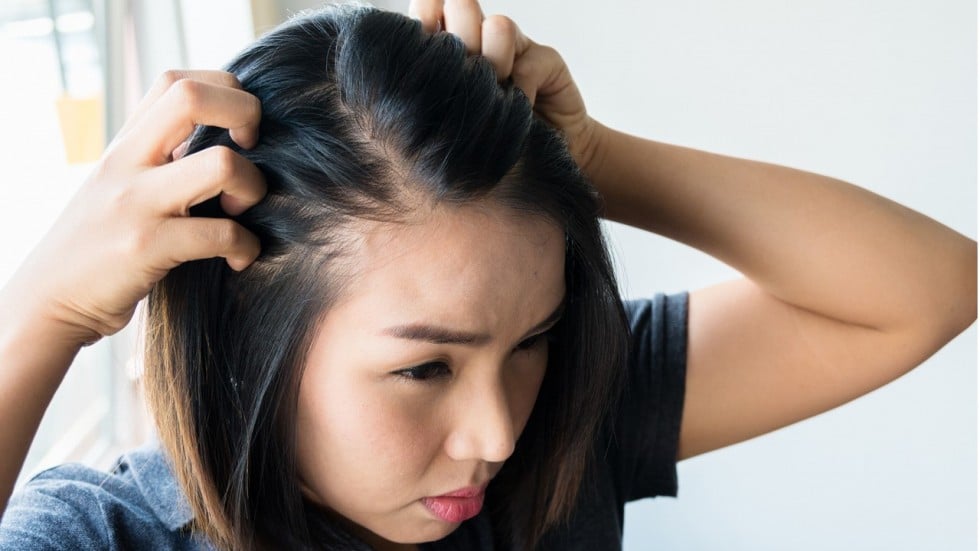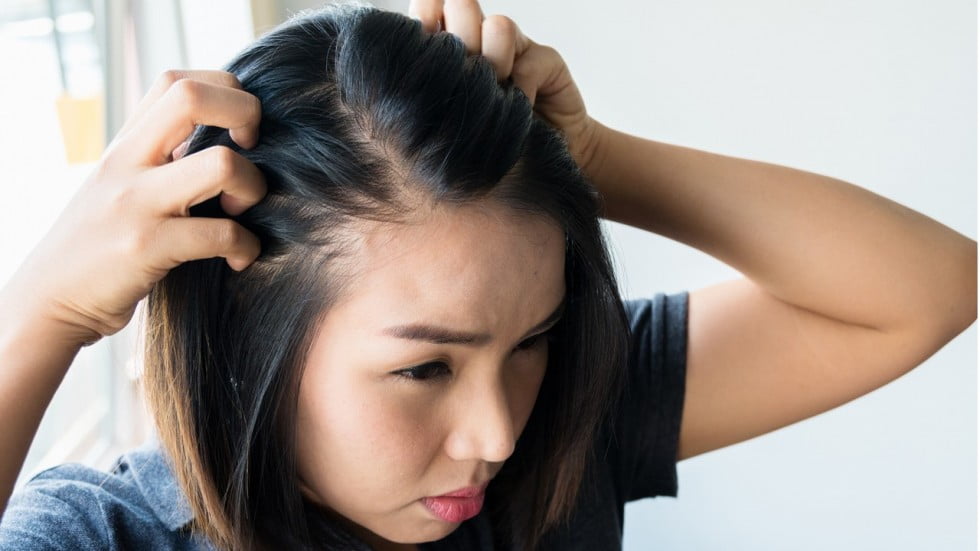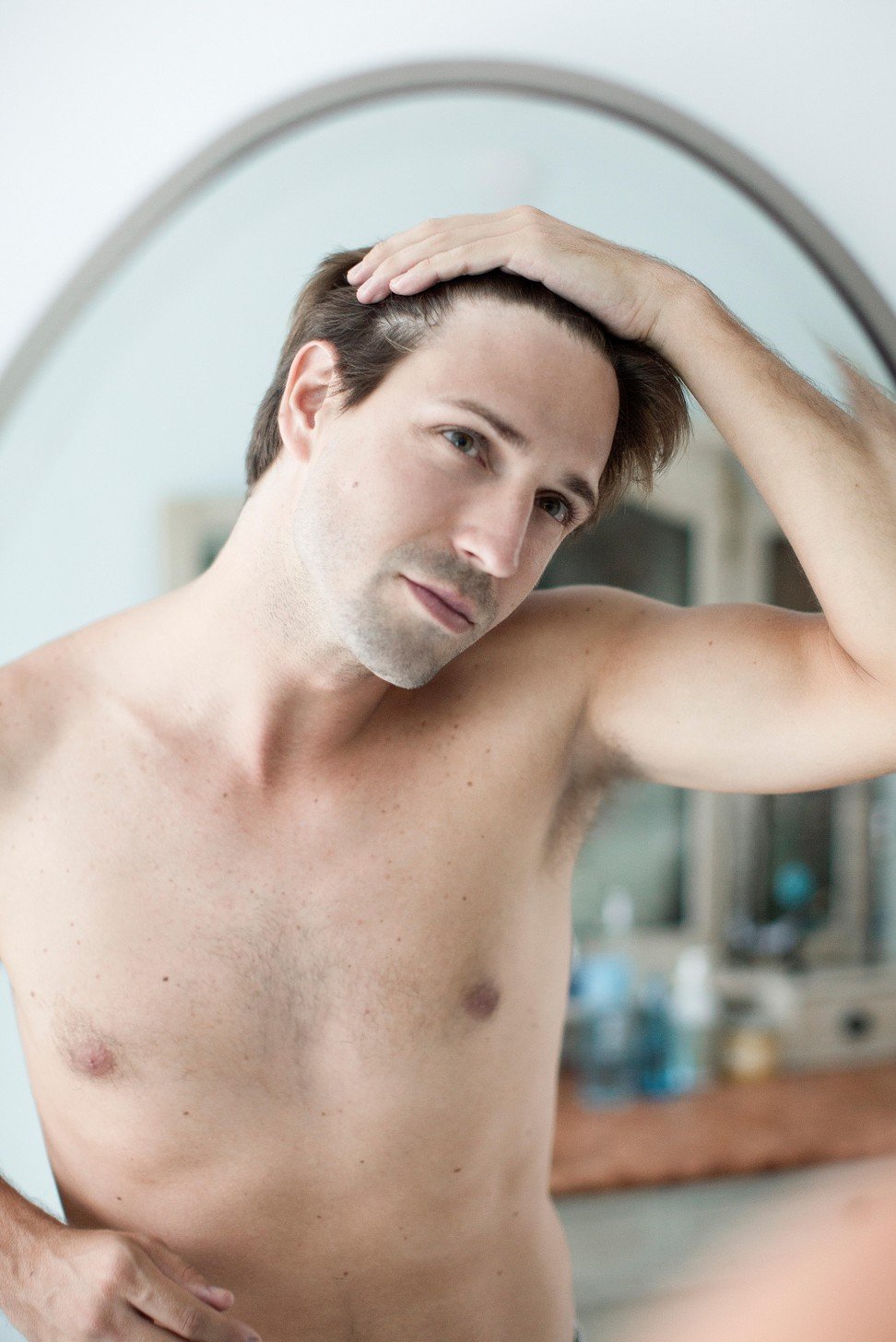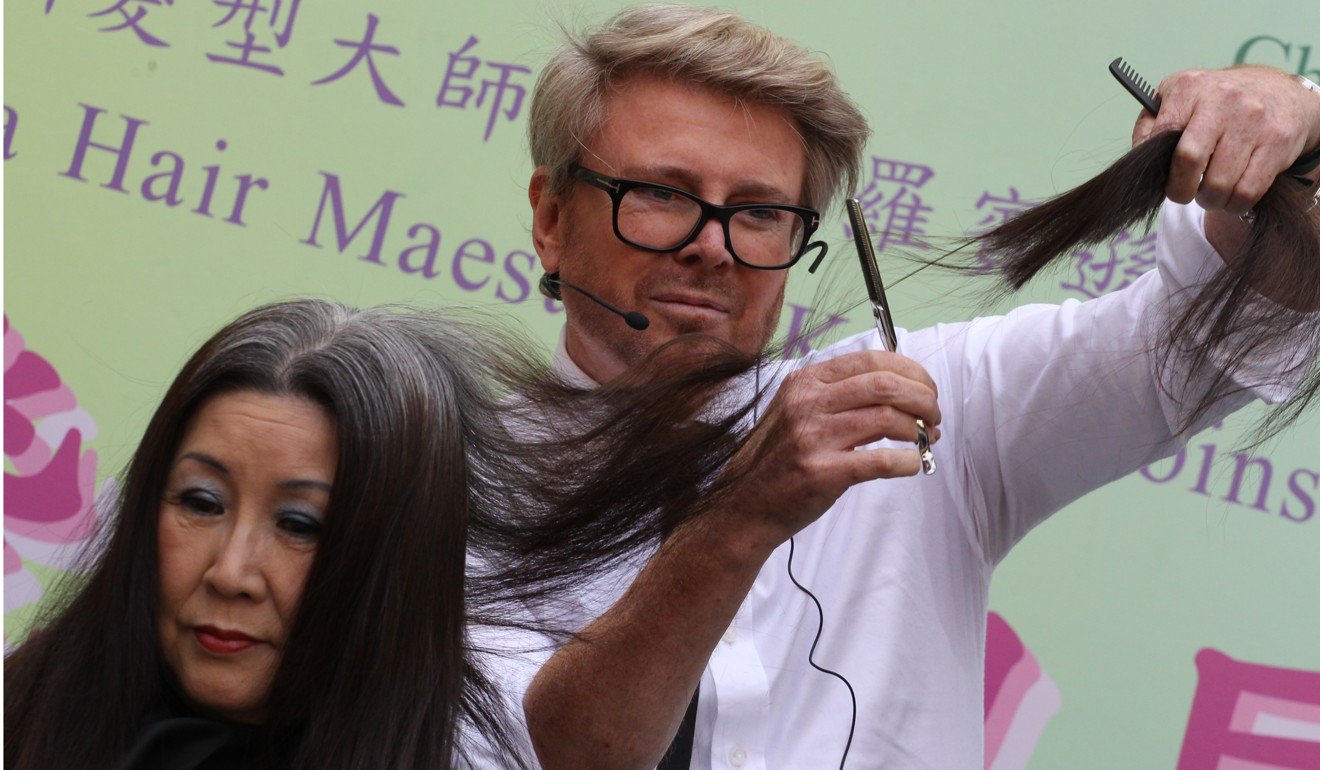
One of the easiest ways to change the way we look, and feel, is to change our hair, with a new colour, cut or a drastic restyle.
Hair reflects our health – emotional, physical, and even financial. It is one of the first things people notice about us: up there near our eyes, framing our complexions and our smiles. Little wonder we grow anxious when we start to lose it.
Is cutting your hair the only way to get rid of split ends?
A typical scalp has 100,000 hair follicles. In a person who is well, 80 per cent to 90 per cent of them are growing hair at any one time. Hair grows fast, an average of six inches a year, and the only part of the body to grow faster is bone marrow. Hair grows faster in men than women. We naturally lose hair, or shed, every day – between 80 and 125 strands. When we lose more than that, it is time to take action.
Svenson Hair Centre (there are centres globally, including several in Hong Kong) cites 46 reasons why we lose hair. While hair loss is sometimes the result of serious illness or infection – alopecia areata or autoimmune diseases like lupus – the most common factors include stress, diet, hormone and hereditary factors, too much styling, and too little washing.
Sustained pressure at work or at home, upheaval, surgery, even childbirth, can lead to a physiological response called telogen effluvium – by the far the most common cause of hair loss. Often referred to as symptomatic or reflective hair loss, it occurs when an increased proportion of hairs shift from the growing phase (anagen) to the shedding phase (telogen).
Normally only 10 per cent of the scalp hair is in the telogen phase, but in telogen effluvium this increases to 30 per cent or more which is when we notice alarming evidence on our pillows when we wake, or in our hands as we wash or brush our hair.

While pattern baldness – the natural thinning of hair that comes with age, which is seen mostly in men (half begin to bald by the time they are 30) – is less easily remedied (though science and transplants are changing that), much hair loss can be rectified and reversed.
Singapore-based Leonica Kei is a trichologist, a specialist in the scalp and hair. She says our hair is like a barometer, reflecting changes in the body.
“Because it is non-essential, hair will be the first to suffer and last to benefit. It receives its nutrients from the blood; what you eat affects hair hugely: the thickness and structure. If you lose weight, you will notice more hair fall. If you have indigestion, your hair will look limp and weak. If you are a vegetarian, you will have much higher chance of thinning hair when you age.”
Hits and myths: stress and hair loss
Hong Kong-based dietitian Denise Fair agrees. “Hair loss can be a common side effect for those on restrictive diets, including vegetarians. There are many nutrients in animal products that are much harder to get in vegetable-based proteins. A deficiency in almost any nutrient has the potential to cause hair loss, as does insufficient calories and protein.”
Fair explains: “Hair is mostly made up of protein: keratin. There are particular amino acids involved in making keratin. While a vegetarian may seem to be getting enough protein, it is important to note that the bioavailability of plant-based protein – because our bodies are less efficient at stripping the fibrous material of plants – is much less than animal protein; this means that less gets absorbed.”
Additionally, deficiency in most B vitamins, especially B5 and B12, are known to cause hair loss, “and you only get B12 from animal products.”
Iron and fats are also crucial to hair health. Fair reminds vegetarians that “there is no one food to replace meat sources of micronutrients, so variety is key”.
To maintain a balanced diet and a healthy head of hair, she recommends “lots of legumes, pulses and lentils, chick peas, black beans, kidney beans, split peas, butter beans, red beans” – and supplementing with B12, and possibly iron and zinc, also.
Kei cautions people not to skip breakfast. “This is the most important meal for your hair. With more than eight hours since your last meal – dinner – if there’s no morning intake, your body will draw nutrients from your reserves and there will be nothing for your hair, which will weaken it.”
New York-based Penny James, certified by the International Association of Trichologists, says the three best things we can do for our hair (apart from eating protein) is to wash our hair well, four times a week.
“Really massage the shampoo – enough shampoo, don’t be mean – into the scalp,” she urges, then rinse well. Give your scalp a “facial”, use a simple scalp moisturising treatment, she adds. “Then massage well and get the blood flow going to the scalp and follicles.”
Be gentle with your tresses, James stresses. If you have long hair, brush it from the ends and work up to the roots, using a brush with soft teeth that does not rip the hair.
Why shaving your baby’s head will not promote hair growth
According to James, who is at the cutting edge of conserving hair, a five per cent minoxidil topical solution is the only such remedy that has been clinically proven to promote hair growth.
Menopausal women who have hormone replacement treatment to counter low oestrogen levels usually see a significant improvement in their hair’s fullness and texture, also.
Hong Kong’s Kim Robinson, who has tended to some of the world’s most beautiful heads (including that of the late Princess Diana, and supermodels Kate Moss and Cindy Crawford) and who has a wealth of experience in Asian hair, has developed the HRF – for hair rejuvenation formula – which uses low-level laser therapy to stimulate hair follicles, combined with topical dihydrotestosterone – or DHT – blocking products. He explains: “DHT shortens the growth phase; this causes hair follicles to shrink and produce thin hairs and, with time, die completely.”
Some trichologists are excited by new cell therapies to treat conditions linked to a deficit of healthy cells, stem-cell treatments for the scalp such as RepliCel, for example. Kei cautions that these solutions are still in the early stages, though.
“Just a 10 per cent increase in hair density over six months is not very encouraging. When you are balding, you need at least a 30 per cent increase of hair density for your hair to look thicker,” she says, and advocates more common sense than science.
“Like good teeth and good skin, hair needs to be taken good care of. Consider how much time and money we spend on the face. We go to our dentist every six months for good oral hygiene. We should do the same thing for our hair.”
The worst thing you can do for your hair is to not to feed yourself properly. The next worst, according to Robinson, “is not to wash your hair properly … hair follicle growth can be inhibited by a build-up of sebaceous oil, which causes sebum to collect in the hair follicle and harden, resulting in a plug, hindering hair growth”.
38 out of 60 shampoos found to contain harmful manufacturing solvent in tests by Hong Kong consumer watchdog
Keep chemical use and heat treatments to a minimum, the experts warn: traumatic alopecia – hair loss – is caused by excessive chemical, thermal or physical trauma.
To see if your shedding is within normal limits, pinch a small amount of hair, say about 40 strands, an inch from your scalp, between the thumb and forefinger and tug, then slide your fingers along the shaft to the end. Count the number of hairs that fall out. If you’re left holding more than about six, you may want to consult a certified trichologist.
[“Source-scmp”]




